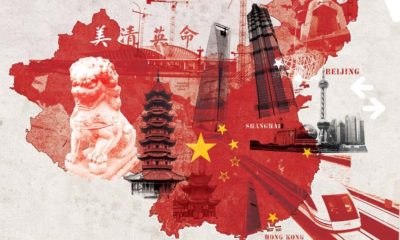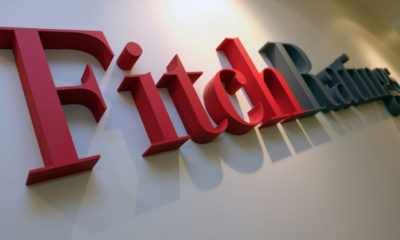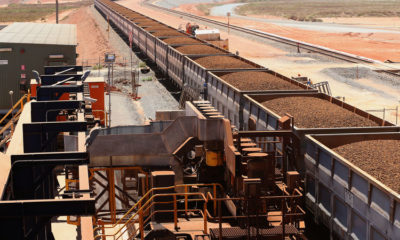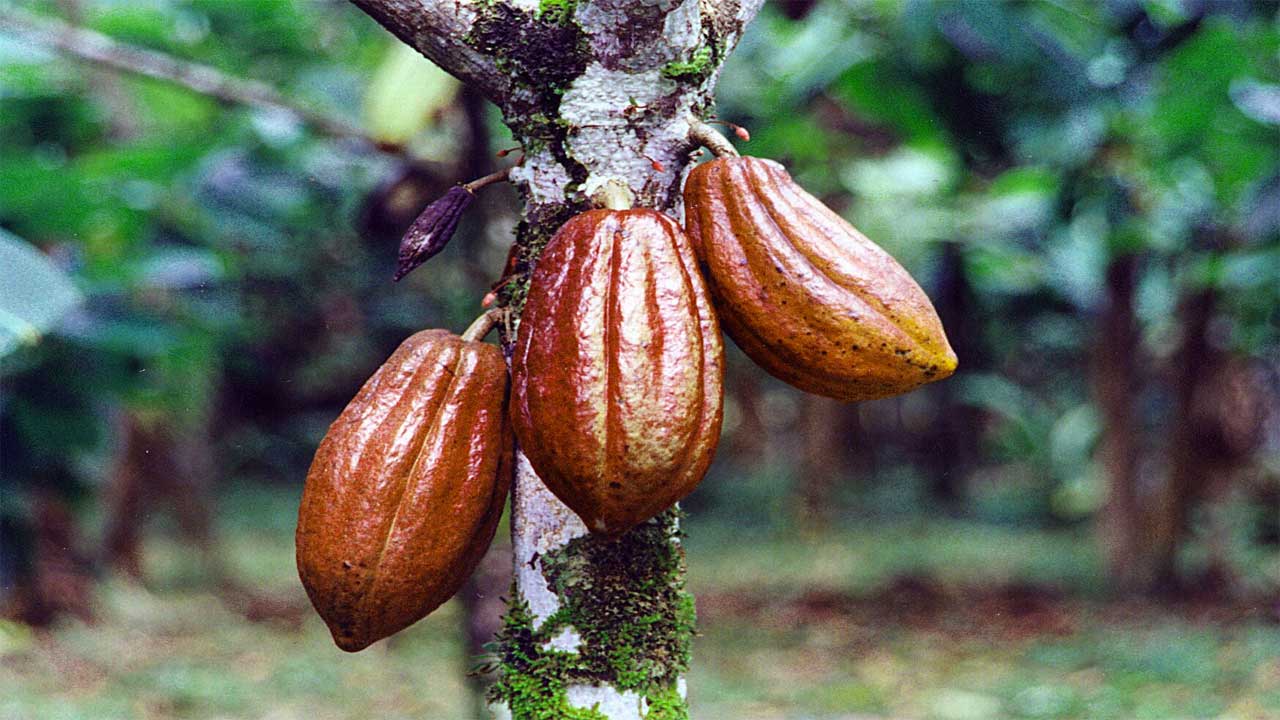Investors need to brace themselves for three major headwinds in 2022 and a failure to take action could result in a ‘hammer blow’ to their finances, warns the CEO of a global financial advisory giant.
This is the stark warning from Nigel Green of deVere Group, which has $12bn under advisement, as investors look ahead to another year that is likely to be “shaped by volatility.”
He says: “Headwinds – the factors that weigh down growth and positive returns – are likely to outnumber the tailwinds in 2022 as the world continues to readjust to the post-pandemic era.
“Currently, there are three main issues that investors should be monitoring carefully and, depending on their portfolios, taking steps from which to mitigate the risks.
“First, is inflation. It’s a risk that is a major concern for most investors around the world. Why? Because it kills returns by eroding the buying power.
“Of course, the other reason is that higher inflation usually brings higher interest rates in response from central banks. When rates are hiked, typically consumer and business spending falls, borrowing becomes more expensive, economic activity slows, and financial markets fall.”
Last week, the Bank of England raised UK interest rates for the first time in more than three years in an effort to combat surging inflation.
The move follows the U.S. Federal Reserve a day before setting the stage for earlier, faster interest rate hikes as inflation soars. The U.S. central bank is now forecasting three rate increases next year.
Mr Green continues: “Second, is China. The country’s economic growth is uncertain. Much of the recent slowdown has been fuelled by the wider impact of the collapse of huge property developers such as Evergrande.
“There are now serious worries that this could initiate a worrying credit crunch that would be disastrous for the world’s second-largest economy, which would have global repercussions.
“Plus, the regulatory attack on tutoring, and other sectors such as gaming and ride-sharing, appears to highlight the Chinese government’s new thinking and its increasing push for control of private enterprise.
“Given the state-sponsored attack on private capital, investors will be required to take a leap of faith regarding China’s political strategies.”
And third is, of course, Covid. “Whilst the markets have largely shrugged off the impact of the Omicron variant, there is still no certainty about how it will play out in the longer term. Will it impact economies due to the introduction of new restrictions? Which sectors will be hit the hardest? How will it impact the workforce? How will already shaky supply chains be managed? These are questions that can directly impact investor returns but to which we still have no answers.
“In addition, all this uncertainty about growth, demand and investment is all kicking off as central banks and governments are withdrawing stimulus.”
Headwinds, says the deVere boss, will surpass tailwinds in 2022, which will be “shaped by volatility as the world readjusts.
“However, it’s essential that investors stay invested. As we know, history has shown us that markets tend to go up over the long term.
“But as the world moves ahead to a post-pandemic era, it’s crucial that investors ensure their portfolios are suitably diversified across asset classes, sectors, currencies, and regions, so as to make the most of the considerable opportunities that will inevitably present themselves. A good fund manager will be an invaluable resource.”
He concludes: “Investor portfolios must reflect the future, not the past.”


 Forex2 weeks ago
Forex2 weeks ago


 Naira2 weeks ago
Naira2 weeks ago
 Naira4 weeks ago
Naira4 weeks ago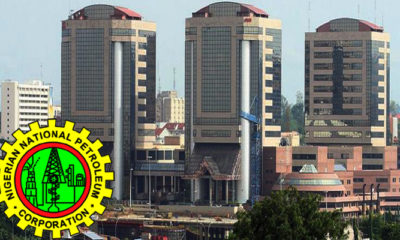
 Company News4 weeks ago
Company News4 weeks ago
 Billionaire Watch1 week ago
Billionaire Watch1 week ago




 Naira2 weeks ago
Naira2 weeks ago




 Naira4 weeks ago
Naira4 weeks ago




 Naira1 week ago
Naira1 week ago

